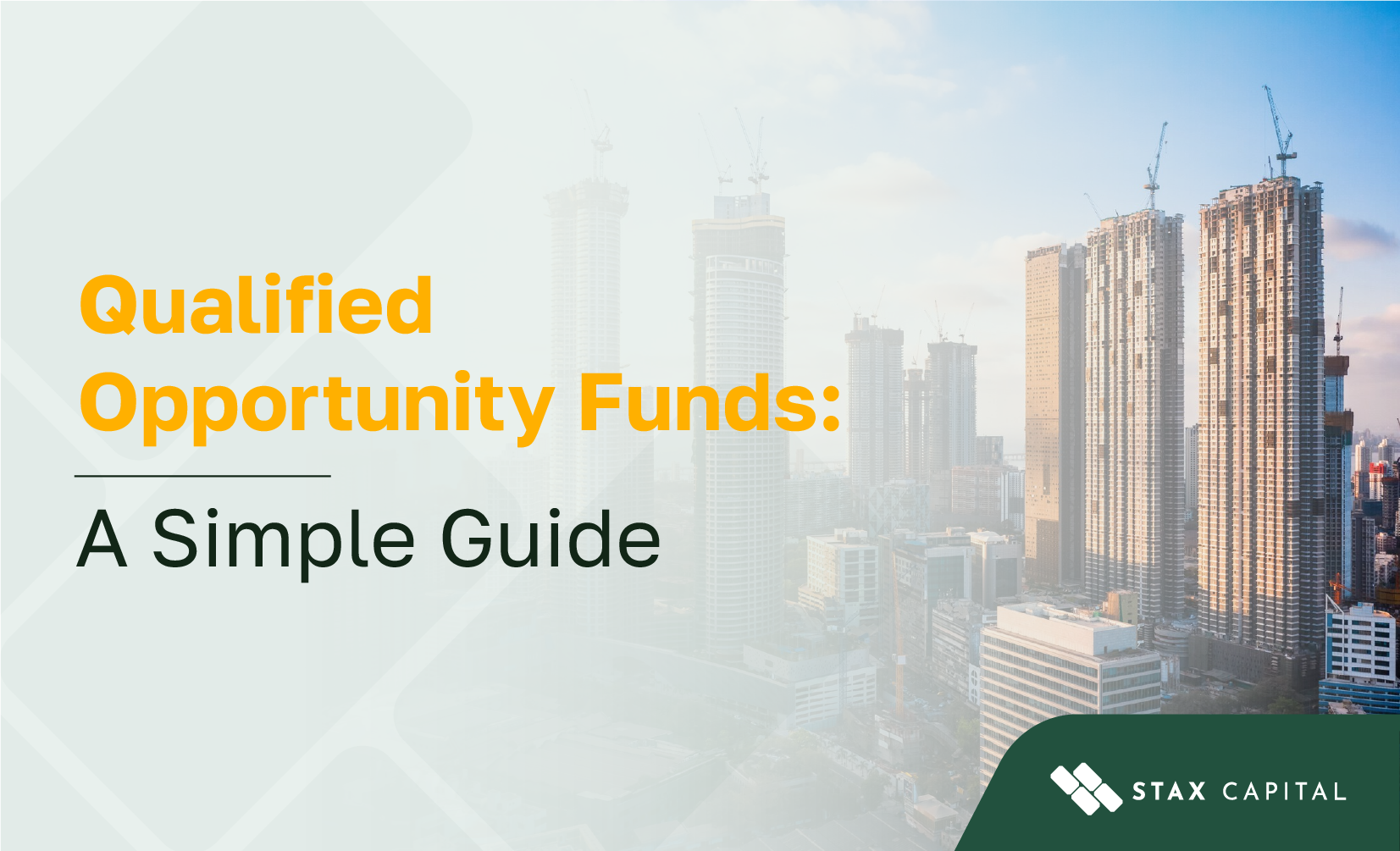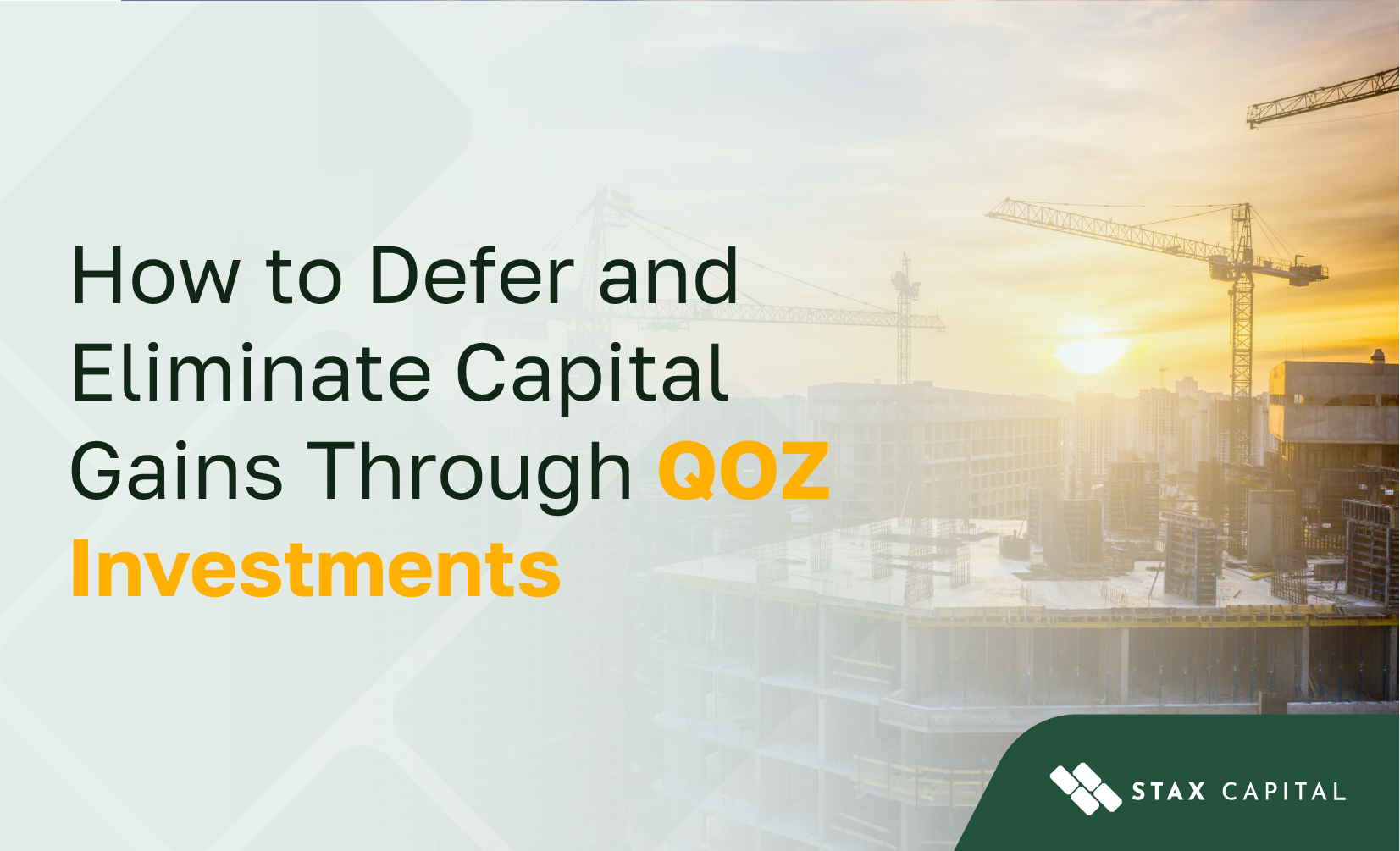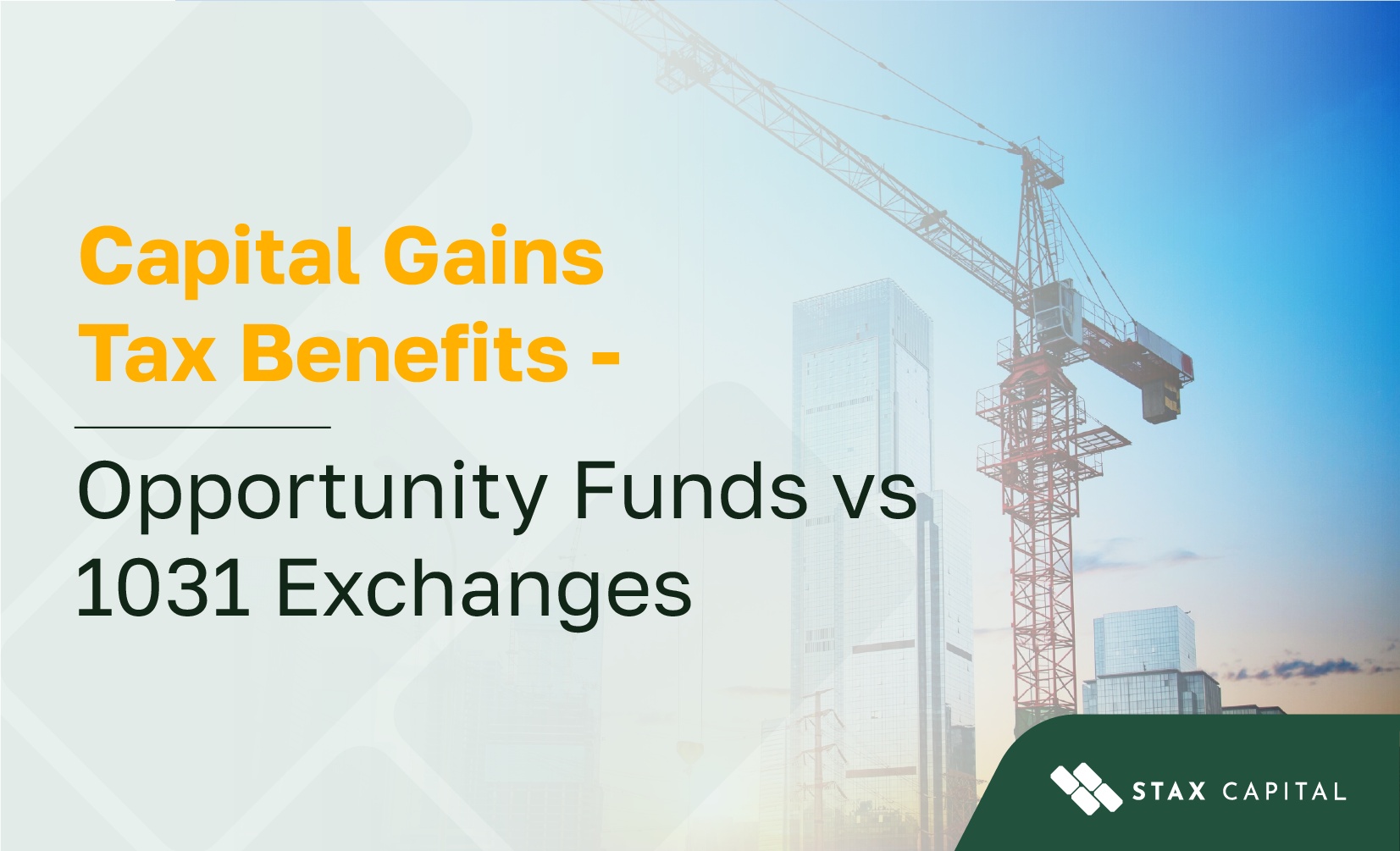What Are Opportunity Zones and How Do They Work?

Opportunity Zones
Did you know that more than 52 million Americans live in distressed communities? Thanks to the 2017 Tax Cuts and Jobs Act (TCJA), there are new federal incentives for investing in these areas. The intent is to close the inequality gap between affluent and distressed communities.
The federal government refers to these distressed communities as qualified opportunity zones. Governors and mayors from across the United States nominate them. A designation unlocks three powerful tax breaks at the federal level.
Read on to learn all about opportunity zones. Explore important topics such as tax benefits and regulations that govern the federal program.
What Are the Rules and Regulations?
Before we dive into the potential financial benefits, it is necessary to discuss some of the program’s rules and regulations. Also, you will be provided with a brief description of important program terms, including a look at how does opportunity zone work.
Qualified Opportunity Zone Property
This federal program is designed to encourage real estate and business investment in distressed communities. In its simplest terms, the government wants investors to build or renovate physical assets in distressed zip codes.
When discussing the program, you will frequently hear the term qualified opportunity zone (QOZ) property. QOZ properties are the byproduct of financial resources pouring into the community. So, what is an opportunity zone? It refers to specific geographic areas designated by the government to attract investment and stimulate economic growth in distressed communities.
There is also a date requirement imposed by the United States Treasury Department. A real estate holding does not qualify as a QOZ property if it was acquired before December 31st, 2017.
If you acquire assets that are already operating in the zone, they do not automatically qualify as a qualified opportunity zone property. Instead, you must commit to significant improvements to these properties.
The government requires improvements of at least $1 million to qualify. In addition, this investment must be made within 30 days of property acquisition.
It is important to note that some existing businesses will not qualify as a QOZ property. A few ineligible examples include liquor stores, massage parlors, racetracks, and golf courses.
QOZ Fund
A QOZ fund is a vehicle in which investors place their financial holdings. The fund is organized as a partnership or corporation. Accordingly, federal income taxes are filed under this business designation.
QOZ funds are used almost exclusively for the acquisition of QOZ properties. They use capital for purchasing or renovating a tangible real estate asset.
An important regulation to be aware of is the 90% rule. According to the Treasury Department, a QOZ fund must have at least 90% of its holdings in QOZ properties.
Like any financial fund, the valuation may rise or fall depending on the performance of investments. There will be cash flow as properties may be leased or sold to third parties over time.
There are factors that could decrease the properties’ valuation. Other potential pitfalls such as business risk, market loss, and liquidity risk are all in play.
What Are the Major Tax Breaks?
Now that we have described the important terms, you are probably wondering what is in it for me? The TCJA provides three major tax breaks for investors in QOZ funds.
Tax Deferral
One benefit is that you can temporarily defer federal taxes until the end of 2026. This applies to some or all of the capital gains that are reinvested in a QOZ fund. The deferral period may be sooner if you decide to sell or exchange the interest you have in a QOZ fund.
Step Up in Tax Basis
The longer you hold a QOZ asset, the greater the tax benefit. Assets that are held for five years are eligible for a 10% step-up in tax basis. If you hold an asset for seven years, the step-up in tax basis increases to 15%.
When considering the tax benefits, it is important to remember the controlling dates. Taxes on capital gains are deferred until the end of 2026.
Therefore, an investment would have been needed prior to December 31st, 2019 to reap the full 15% benefit. To get the 10% step-up in tax basis, an investment needs to take place before December 31st, 2021.
No Tax on Appreciation
Holding the asset for more than ten years will result in a permanent exclusion from taxable income on capital gains. The result is that the cost basis of the property is equal to the fair market value on the date of the sale or exchange.
When Does the 180-Day Investment Period Begin?
To qualify for these tax benefits, you need to reinvest capital gains in a QOZ fund within 180 days. Many partnerships and S-corporations wonder when the 180-day investment period begins?
According to the IRS, you have three different options to start the clock. The first option is the last day of the taxable year.
Second, you could start the clock when capital gains are generated. The last option is the due date for the company’s tax return without an extension.
Is My Zip Code Eligible?
Now that we have covered the generous tax benefits, it is time to see if you can take advantage. You do not have to live in a QOZ to take advantage. The program only pertains to real estate acquisition and development in a designated QOZ.
The IRS provides a list and map of QOZs. These areas appear in the list and map as census tracts. On the map, these census tracts appear in blue and meet the government’s criteria for a low-income community.
The list of QOZs includes an identifier for the population census tract. This identifier is an 11-digit number and is sometimes referred to as a GEOID.
What Are the Risks?
There are some risks that investors should consider. For starters, you have to financially prepare for the end of tax deferment in 2027.
In addition, the real estate development project may not live up to its marketed potential. If a particular area becomes unattractive, it may prove difficult to sell the real estate asset.
There are also political risks associated with QOZs. The law could be amended at any point or new regulations added that make it less financially appealing. There is no guaranteed rate of return on a QOZ investment and you certainly could lose money.
Investing in Opportunity Zones – A Recap
QOZs are designed to promote economic development and job creation in distressed communities. Your partnership, LLC, or S-Corp could benefit by reinvesting capital gains in a QOZ fund. There are powerful tax incentives like tax deferral and reduced taxes.
If you want to learn more about investing in opportunity zones, contact us today to speak with a specialist.



Share: